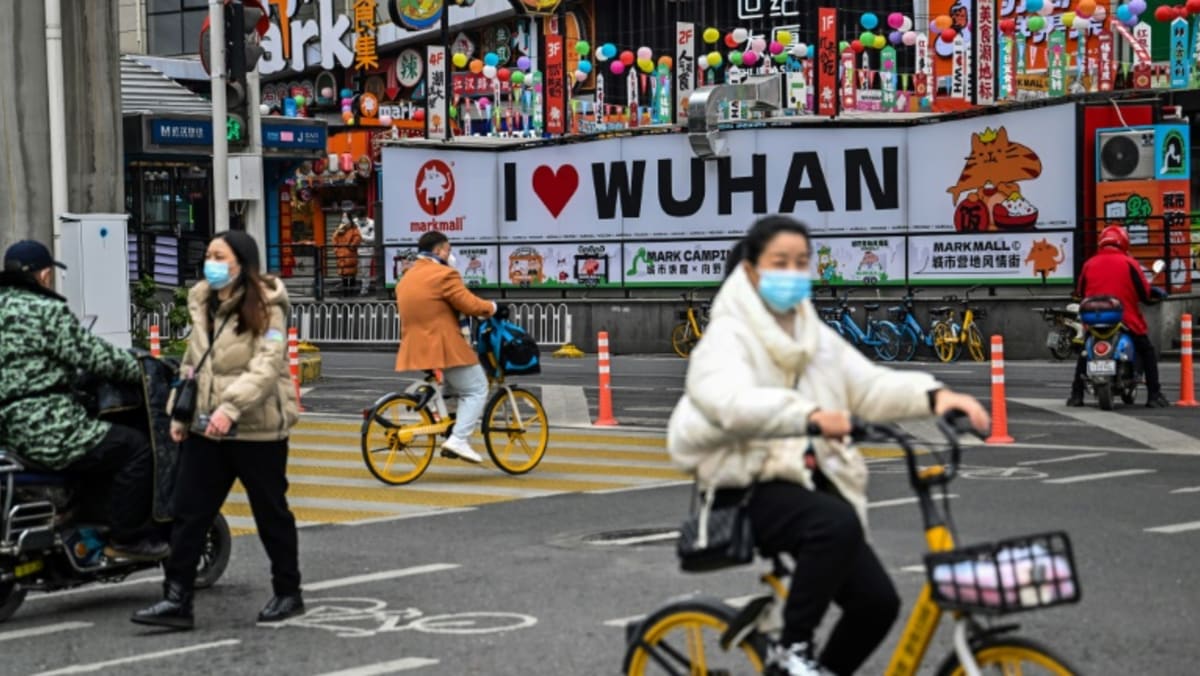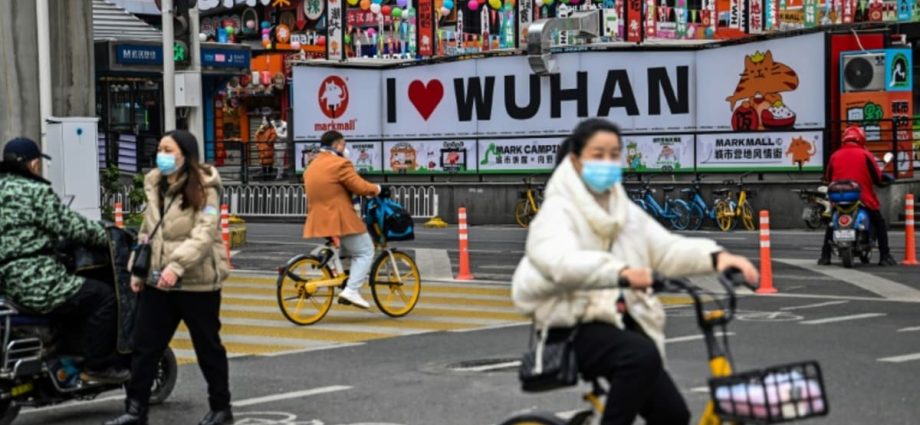
Wuhan, a metropolis on the banks of the Yangtze River now synonymous with COVID-19, reported the first cases in late 2019 of what was then a killer virus.
Authorities imposed a strict shutdown just two days before the Year of the Rat in late January 2020 to stop the spread of the virus.
Deprived of New Year’s Eve festivities, its 11 million inhabitants were cut off from the world for 76 days while Wuhan became the epicentre of an epidemic that inexorably became global.
“I LOVE WUHAN”
On Saturday, a few hours before New Year’s Eve 2023, the city was seemingly back to normal and gearing up for the festival that is the most important family gathering of the year.
Multicoloured lanterns and pennants adorned the city’s Jianghan commercial district and a banner with a heart read “I love Wuhan”.
An elderly man struggled to pedal his bicycle loaded with packages and food, while a couple with a toddler squeezed on to a scooter on their way back from the shops.
“Of course it’s way better after opening up,” Ms Zhu told AFP as she bought decorative flowers.
“Now, since everyone has had COVID already, we can properly have a good Chinese New Year. So that makes us quite happy.”
Business is finally back on track again for flower sellers after years of struggles.
“At the start of the year with COVID, we had no business,” said Ms Liu, a tradeswoman in her sixties.
“Now that we’ve reopened, we have a bit more business.”
Ms Tao, another vendor, was putting the finishing touches on a floral arrangement.
“During COVID, there were very few people buying flowers but these few years many people have died from COVID, so our sales for chrysanthemums have been pretty high,” she said.
“We didn’t sell any flowers we had during the lockdown that year of Covid. We threw them all away.”

